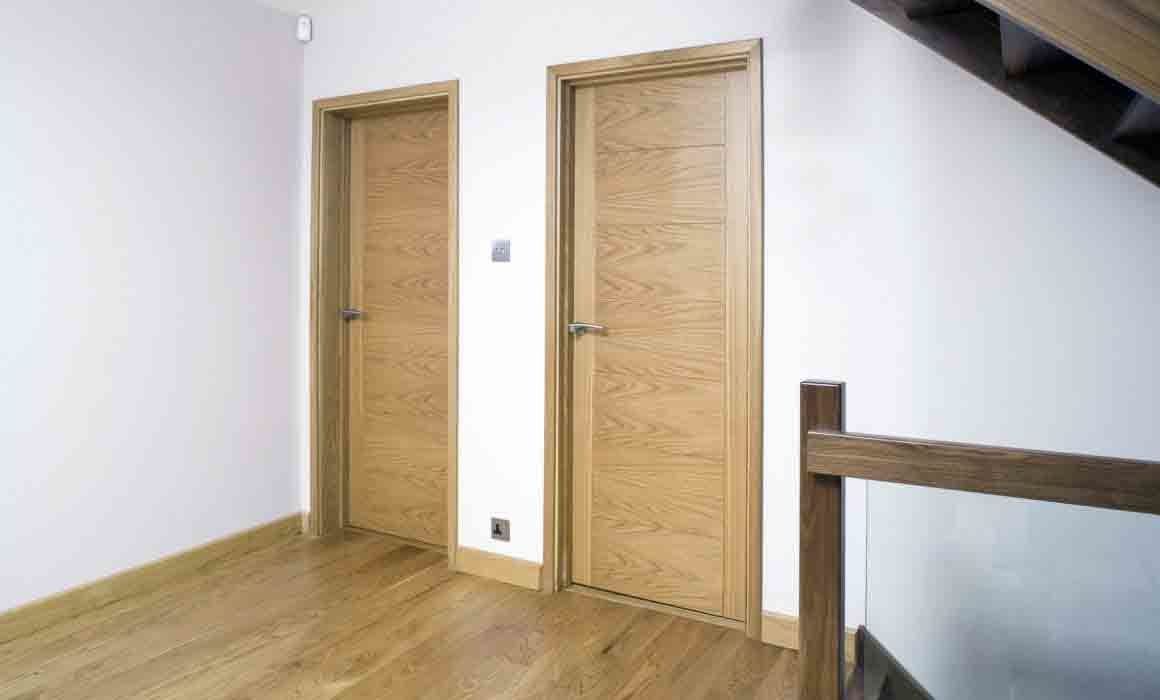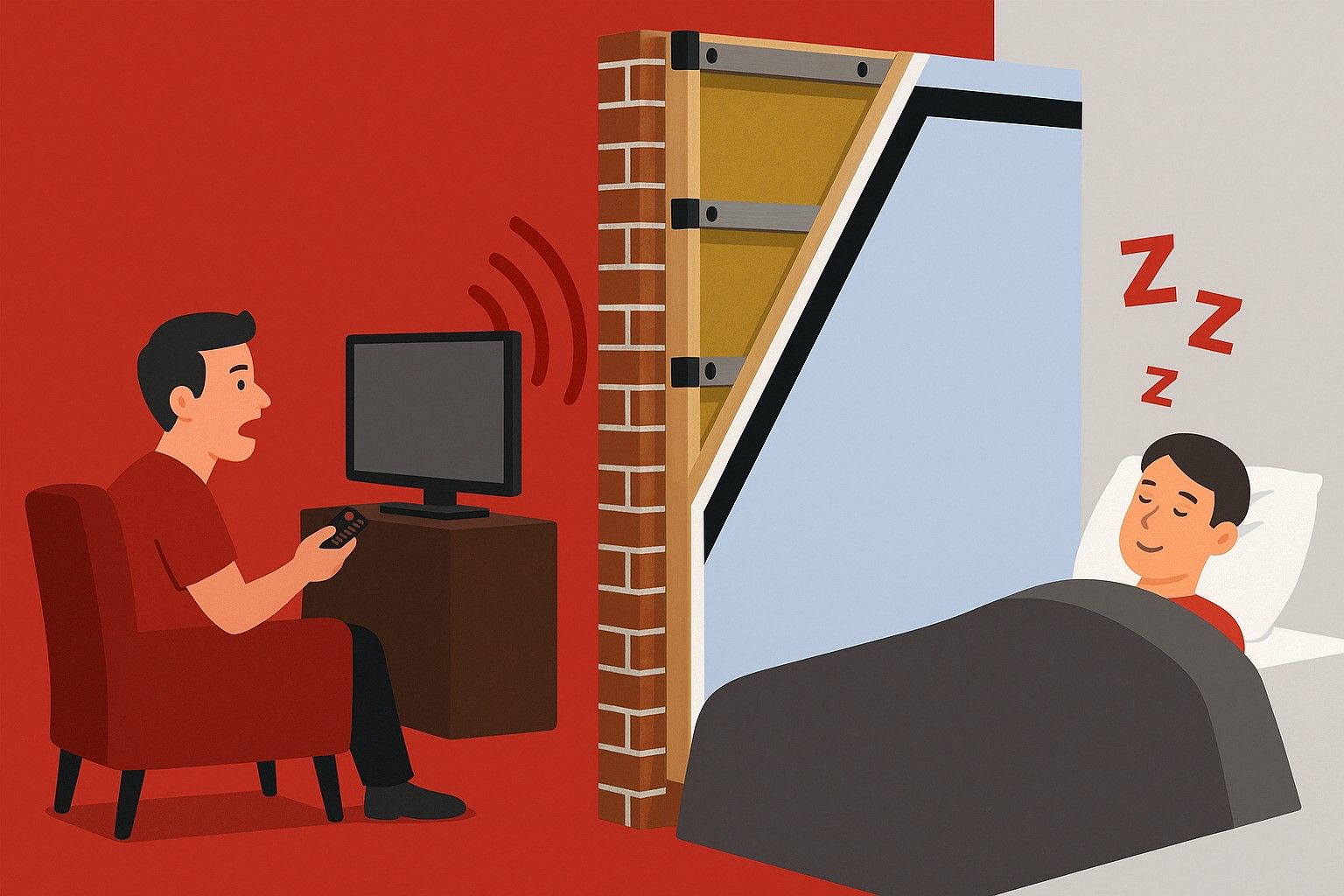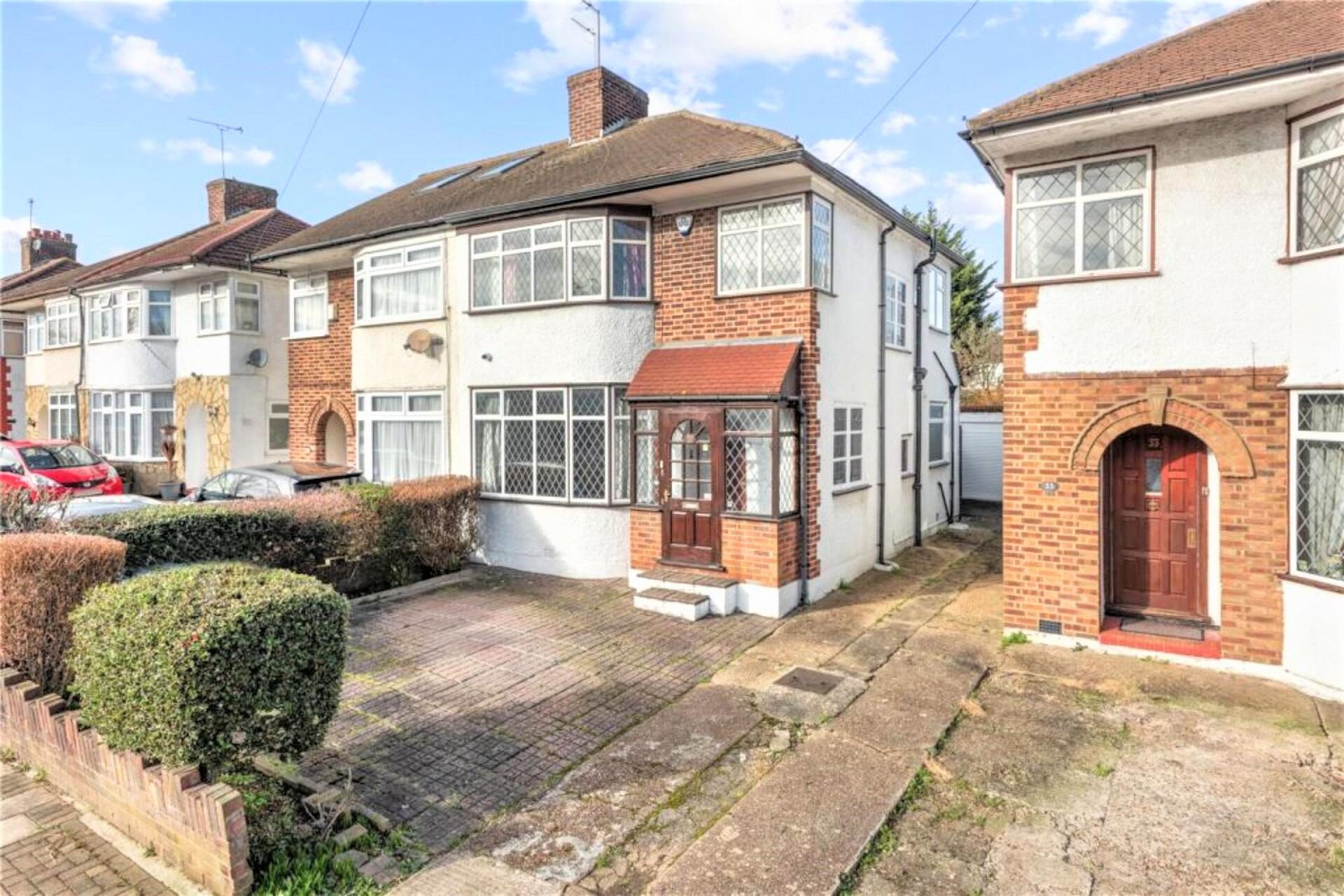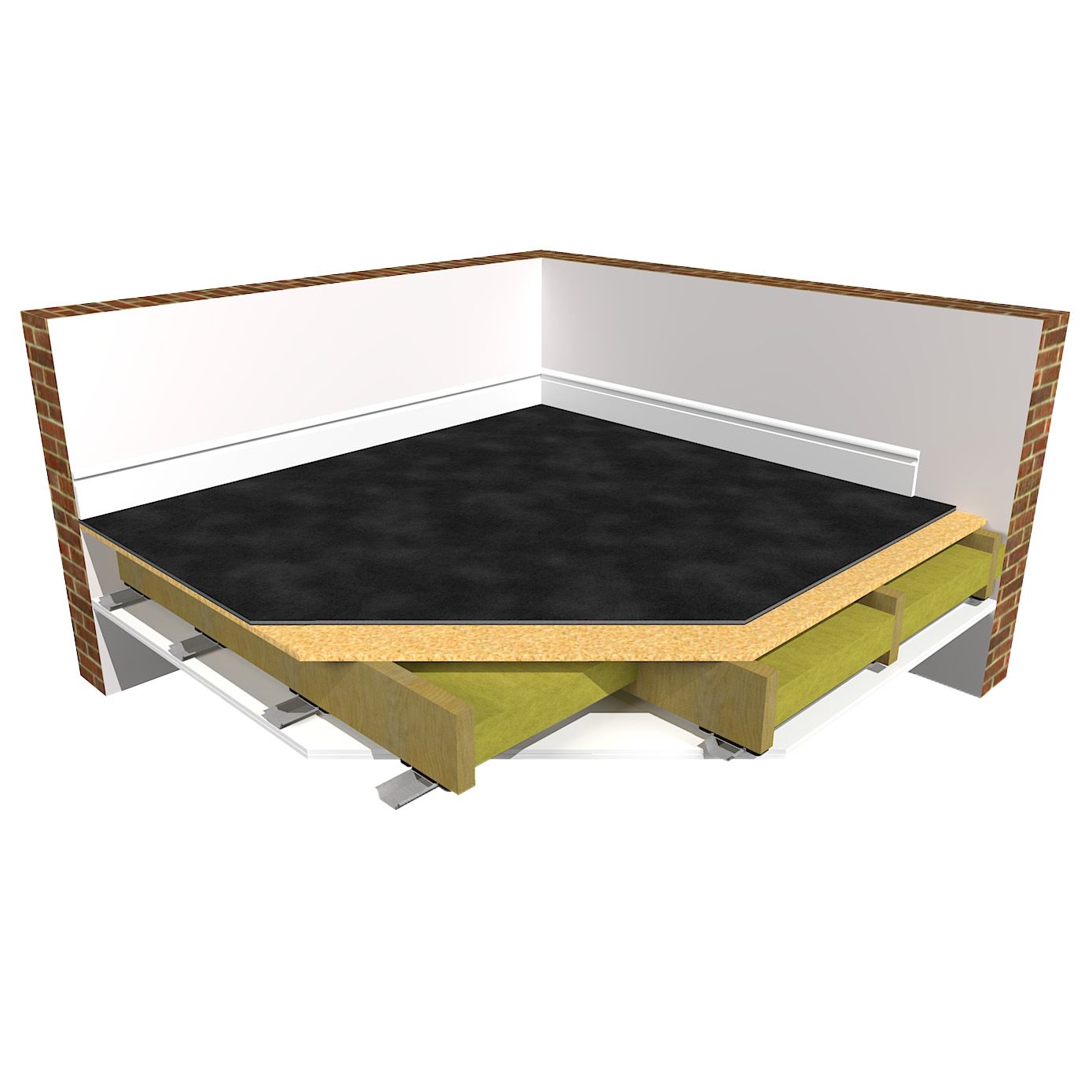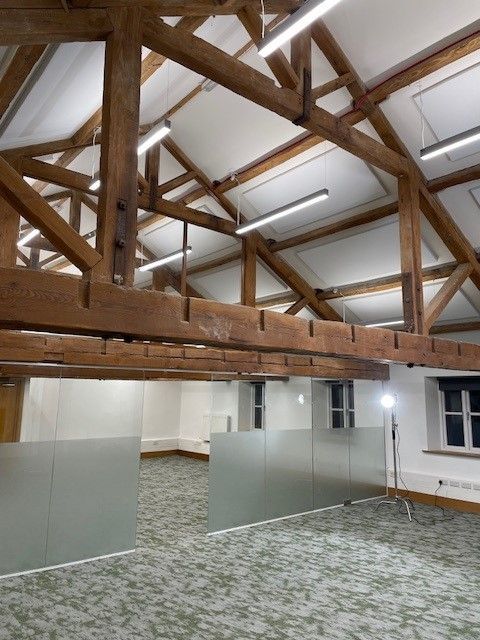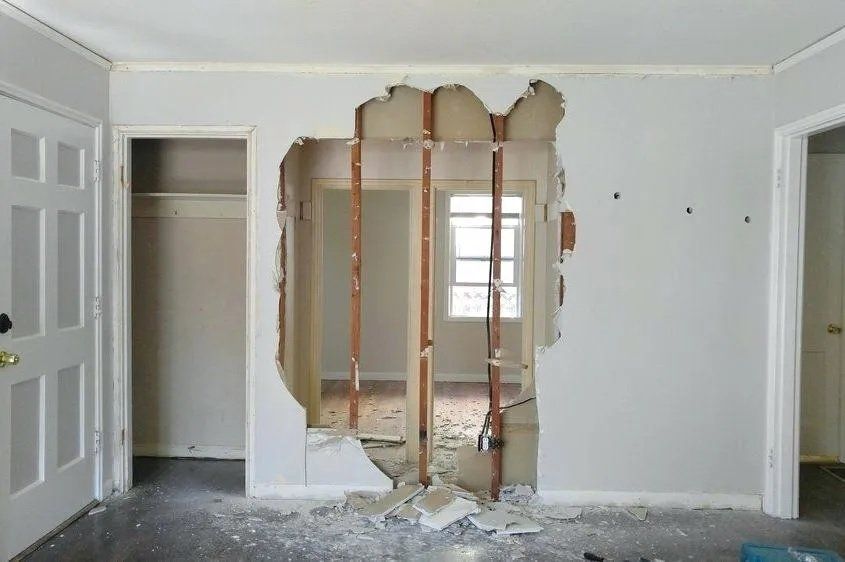Ian Baker • January 15, 2020
How to stop a door from slamming
Can you hear your neighbours doors slamming ?
Most of us have experienced the aftermath of slamming doors, sending what feels like shockwaves through the entire house. Often rectified within our own home with a pre-emptive shout of "don't slam the door." Too late, bang!
In a recent survey by Real Homes, slamming doors was in the top 5 of common bad behavious from inconsiderate neighbours.
If the door slamming noise is coming from your neighbours property, either from an adjoining property, through your walls or from the property above or below you, we have the answer!
When speaking to customers about their noisy neighbour issues, and before offering soundproofing advice and the most effective soundproofing solution for their needs, the first questions always relate to the types and levels of noise they are experiencing.
Understanding the type of noise door slamming makes
The slamming of a door is both airborne noise (the sound of the actual door hitting the door frame) and impact noise, (the vibrations which can often be felt through the whole structure of the building). Airborne noise travels through the air and is picked up as noise, such as people talking, TV noise, music, cars and pets, e.g. dogs barking. Impact noise
is the actual physical impact on buildings and solid materials, which generate soundwaves. The likes of footfall, furniture moving and in this instance, doors banging.
One example of this is when you clap your hands together, you create an airborne noise which you can hear and an impact vibration which travels up your arm.
How to stop a slamming door
The hardest type of noise to soundproof against is impact noise, as this can travel into the whole structure of the building and can be very hard to deal with on your side of the property, without soundproofing the whole adjoining part of the property.
Alternatively, a simpler more cost effective solution to prevent the door impacting the door frame is to attach a neoprene foam strip to the perimeter of the door frame. The foam provides enough resistance and cushioning to slow down the door as it closes therefore dampening any impact noise at source. So for less than £15, that's the slamming door problem solved!
The only issue being that you need to have a good relationship with your neighbours, as they need to attach the foam to their doors in order to stop the sound transfering to your property and being heard by you.
How to soundproof a door
Above is a quick and easy way to stop doors from slamming, should noisy neighbour door slamming be causing an issue. If door soundproofing is of interest, then this is a separate subject and more details can be found below.
How to Soundproof a Door
Share
"We don’t expect you to become an expert overnight, that’s what we’re here for."

Soundproofing a brick wall can be extremely effective if key principles are followed. Decoupling soundproofing layers from the brick wall and enhancing its ability to absorb and dampen sound energy.
Adding resilience to the brick wall with ReductoClips allows the wall to flex and absorb vibrations, much like a car’s suspension system smooths out road bumps. To block airborne noise, heavy, dense materials like FlexiSound and Acoustic Plasterboard are added.
For optimal soundproofing of a solid brick party wall, the ReductoClip Independent Wall System offers a outstanding solution, combining key soundproofing elements for maximum noise reduction.
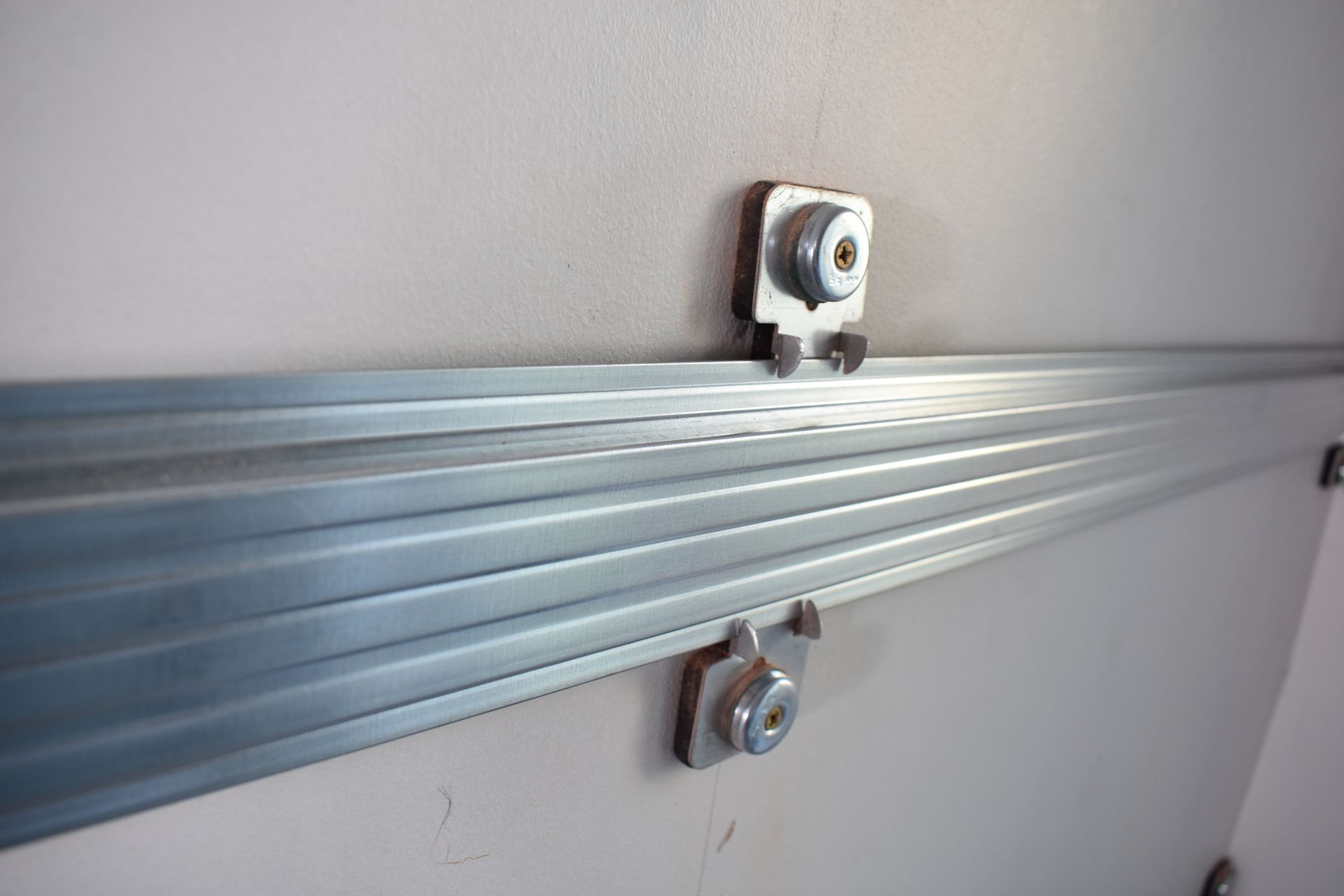
Soundproofing isolation clips are highly effective in reducing noise transmission between walls and ceilings. By decoupling the surfaces and creating a break in the sound path, these clips significantly minimise the amount of noise that can travel through structures. Helping to soundproof against noisy neighbours and soundproof music studios and home cinemas.

